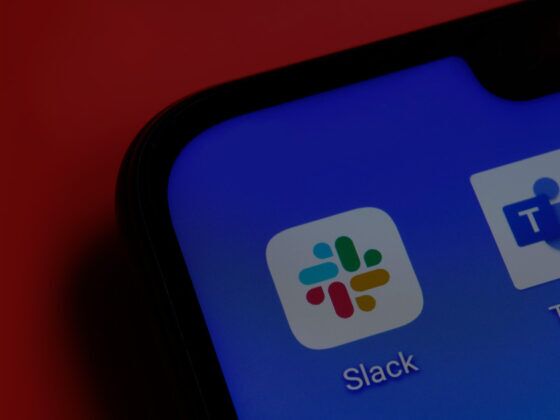Being in the legal technology field can be frustrating. Technology changes fast but the law moves slowly, deliberately, and often in convoluted ways. You have to somehow stay ahead of the technology curve while waiting for the courts to catch up. It wasn’t until 2006 that federal courts were able to get the basic rules in place regarding the handling of electronic evidence in litigation.
Social media is a particularly frustrating example. Several courts have issued rulings affirming that social media is discoverable in litigation. But for the most part, the case law has been evolving and maturing in spurts and stops. As we’ve noted before, the case law has been clearly evolving to indicate that social media is in fact discoverable in litigation.

No more ignoring social media in eDiscovery.
But there has been a lot of variance between courts in how much social media content is discoverable. Some courts have found only public profiles are discoverable and private messages were immune from disclosure. But for the most part, if parties could demonstrate that social media content is likely to reveal information about a party’s emotional, mental, or physical state that cannot be found through other means, that information is discoverable.
Lawyers Love Lists
The groundbreaking Zubulake case was important because it provided a complete and detailed list of factors to consider when producing email in litigation. In a series of five separate rulings across hundreds of dense pages of balancing tests, U.S. District Judge Shira A. Scheindlin outlined in Zubulake v. UBS Warburg what electronic evidence was discoverable in an otherwise unexceptional employment dispute.
Similarly, in a recent employment dispute, Robinson v. Jones Lang LaSalle Americas, Inc., No. 3:12-cv-00127-PK (D. Or. Aug. 29, 2012), the court has provided lawyers with a detailed list of factors to consider when attempting to acquire social media content for litigation. The broad social media eDiscovery request in this matter included “photographs, videos, and blogs, as well as Facebook, LinkedIn, and MySpace” content that reveals the defendants “emotion, feeling, or mental state.”
To determine the discoverability of social media, the court borrowed the following test from the earlier decision, EEOC v. Simply Storage, which applied broad social media discovery claims to a government agency. According to the test, the defendant has to produce any:
(a) Email or text messages that plaintiff sent to, received from, or exchanged with any current and former employee of defendant, as well as messages forwarding such messages; or
(b) Online social media communications by plaintiff, including profiles, postings, messages, status updates, wall comments, causes joined, groups joined, activity streams, applications, blog entries, photographs, or media clips, as well as third-party online social media communications that place plaintiff’s own communications in context;
(2) From July 1, 2008 to the present;
(3) That reveal, refer, or relate to:
(a) Any significant emotion, feeling, or mental state allegedly caused by defendant’s conduct; or
(b) Events or communications that could reasonably be expected to produce a significant emotion, feeling, or mental state allegedly caused by defendant’s conduct.
This is a significant development for two reasons. One is that when courts begin to adopt balancing tests from one anther, as happened after the Zubulake decision, that means the standard is now accepted and embraced by the court system. Lawyers can no longer pretend that there is no standard for the discovery of social media content- it’s now clearly enumerated in an easy-to-follow list. But more importantly, it means we are well past the point at which anyone can question whether such content is discoverable. The question now is how to prepare for the broad social media discovery that is now codified in the case law.






